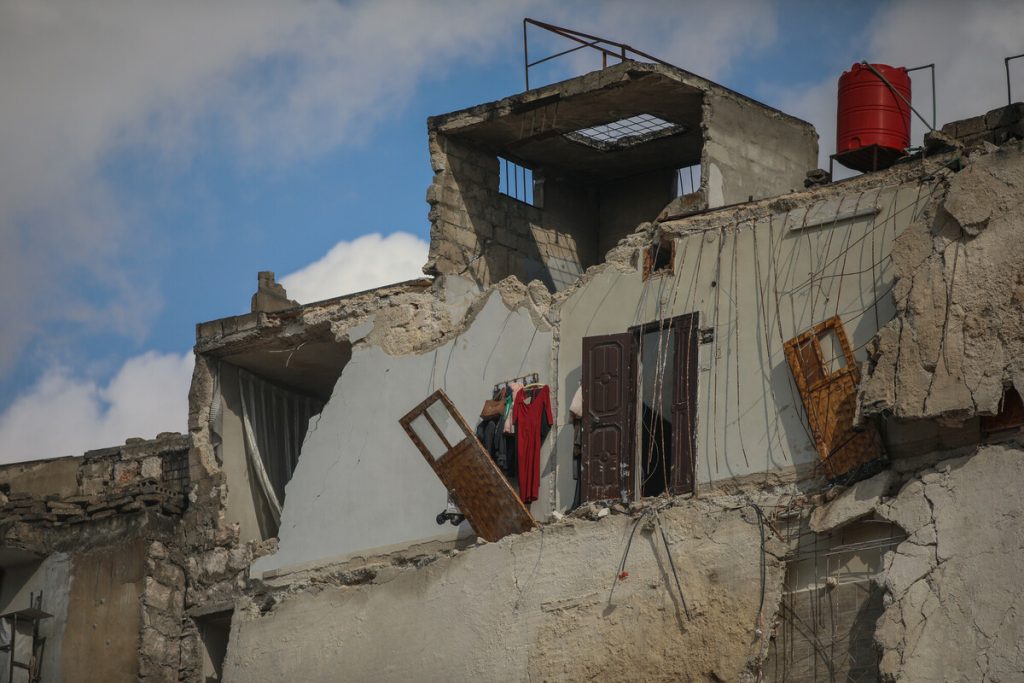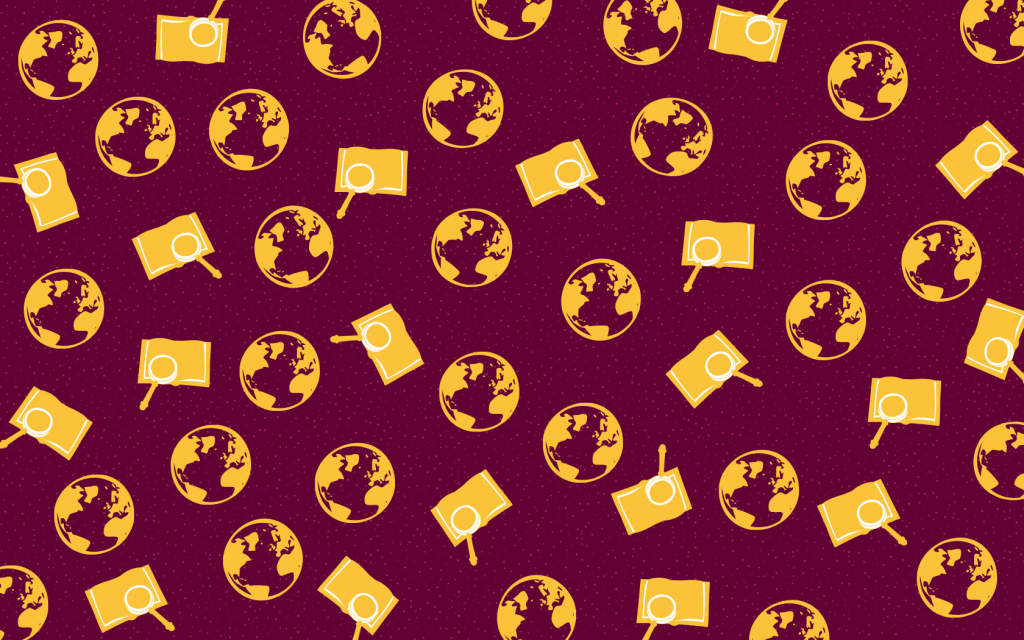Bitter roots and reproductive rights: Access to abortion services in Canada and the Philippines
Bitter roots and reproductive rights: Access to abortion services in Canada and the Philippines
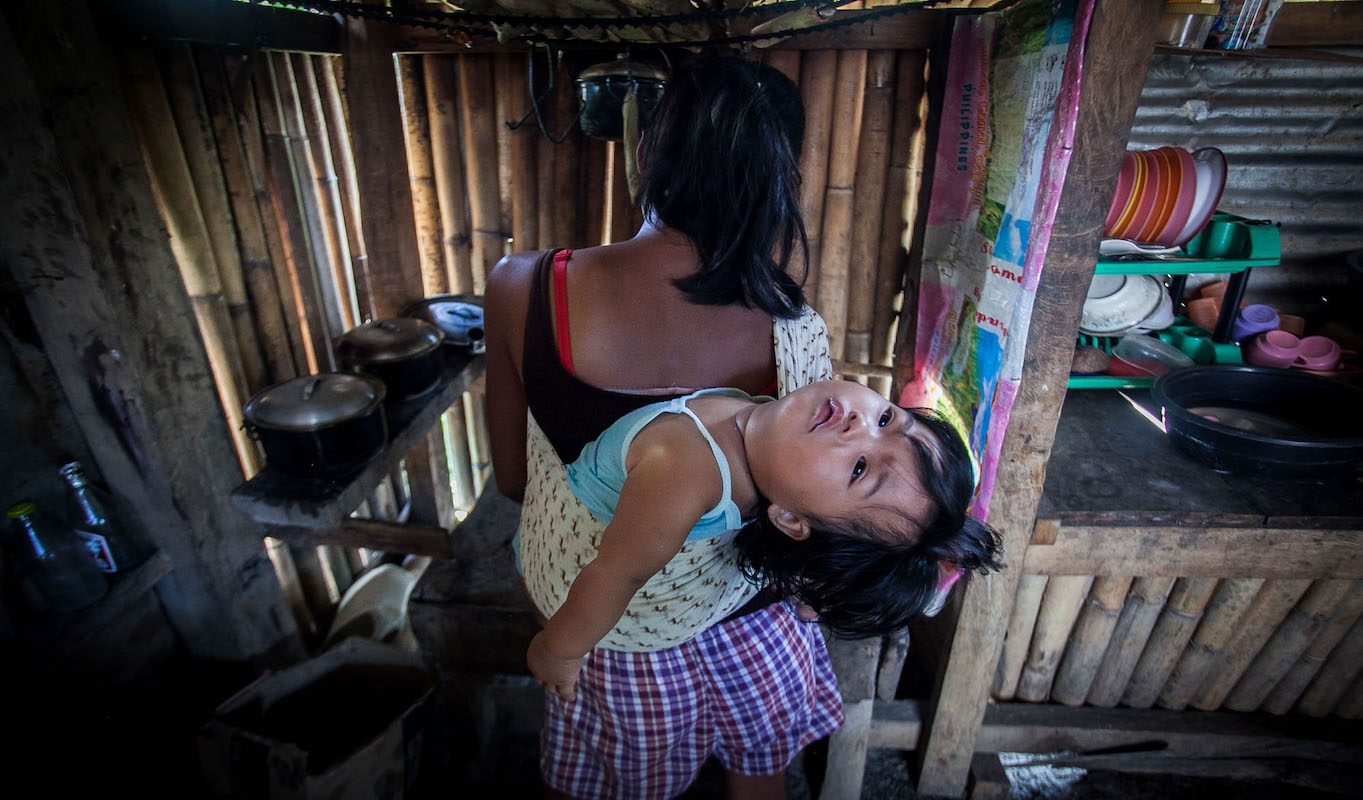
Around the world, sexual and reproductive health services fall short of women’s needs. Women and others including trans people face ongoing obstacles when exercising their reproductive rights, particularly when it comes to the right to safe abortion and post-abortion care.
As a SRHR program officer working with women’s rights organizations and service providers in the Philippines, I am often struck by the challenges women face to access basic services and make safe and free decisions about their own bodies. And while many Canadians are able to exercise sexual and reproductive rights, myself included, I am also reminded that similar challenges exist here and that equal access is far from guaranteed.
In the Philippines
In a bustling Manila market, I walk past colourful cellphone covers, flip flop kiosks, and aromatic fish stands. Eventually I come up on a few small stalls brimming with roots, herbs and bottles filled with dark liquids. A fellow women’s rights advocate has brought me here, and she immediately strikes up a conversation with one of the women selling these herbal concoctions.
As they fan themselves to fight off the midday heat, they hold up various roots and leaves, discussing their respective medicinal properties. Some soothe arthritic pain, others help with eczema. The conversation takes a hushed tone as my colleague asks if she sells pampa regla, which roughly translates from Tagalog to “to get your period.” The vendor subtly points to a bottle of amber liquid.
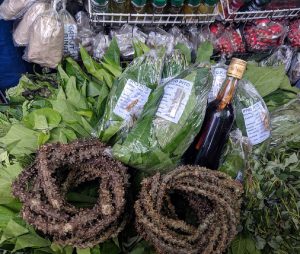
A bottle of pampa regla, which roughly translates from Tagalog to 'to get your period', in a local market. Photo by Alex Wilson | Oxfam Canada
This liquid herbal concoction is made up of bitter roots, including a thorny tuber called makabuhay and is used when a woman’s period is up to two weeks late. Filipinas have been using this as an abortifacient, a substance that induces an abortion, for centuries. It pre-dates the Spanish colonial times when abortion was first banned.
“And when the period is more than two weeks late?” asks my colleague.
In these cases the vendor suggests Cytotec, which is a brand of misoprostol that was originally developed to treat ulcers and is commonly used for medical abortions in restrictive settings. Even though the vendor can arrange for the purchase of Cytotec, the cost of misoprostol is out of reach for the majority of Filipinas — 10 pills are needed and cost 2,500 Filipino pesos or roughly $65 CAD. My colleague suggests another option — to order pills online from the Chinese black market — but those are also expensive and out of reach for the majority of women in the country.
Restrictive settings and unsafe abortions in numbers
Despite these critical obstacles, women in the Philippines want control over their own bodies and the power to decide things most of us take for granted in Canada — whether to have children, how many children to have, and when. However without legal or safe options, many Filipinas resort to folk remedies, expensive black-market pills and unsafe procedures, particularly if they are poor or marginalized.
Of the 56 million abortions taking place every year worldwide across restrictive and less restrictive settings, an estimated 25 million or 45 per cent are unsafe. What is clear is that restrictions do not stop people from having abortions; they stop people from accessing safe abortions — and the more prohibitive the laws, the higher the rates of complications and death.
The impact of this is undeniable with 8 per cent of all maternal deaths being caused by unsafe abortions.
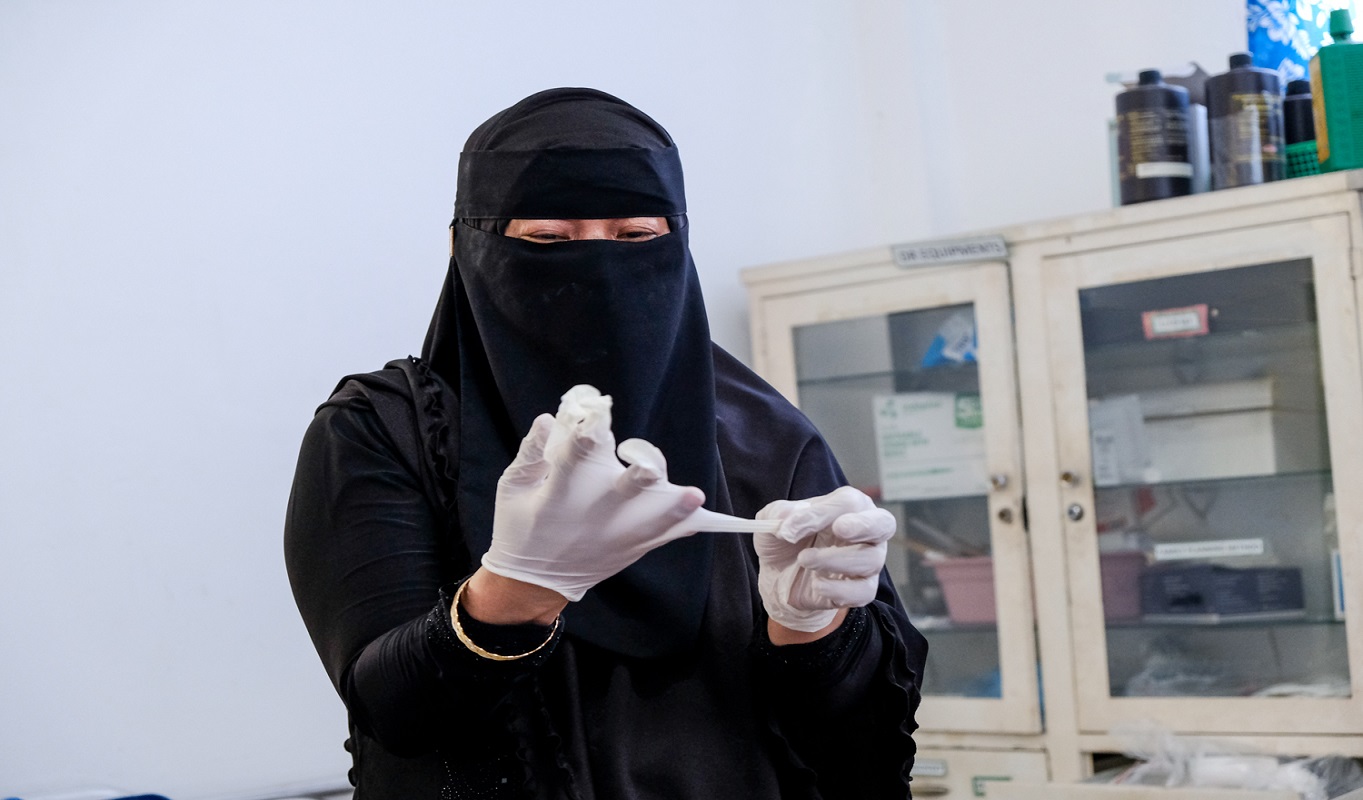
Vienna May wears surgical gloves before starting the implanon insertion. Photo by Yummie Dingding
Challenges to abortion access are all the more pronounced in countries like the Philippines, where abortion is completely criminalized. There are no exceptions allowing abortion. Not in cases to protect the life or health of the pregnant person, or in cases of rape or incest, or simply not wanting to be pregnant. Women, particularly if they are from lower-income groups, are pushed to the margins of society where no legal or regulated options exist, and often must resort to clandestine means. While those with the financial means can either access Cytotec or travel to access safer options elsewhere, the majority are forced to undergo unsafe procedures.
These procedures often come with many risks. Women can face unsanitary conditions, lack of anesthesia, and absence of post-abortion care — all to avoid the more barbaric solutions that many women without access to or information about safer medical abortion options are forced to resort to like painful massages, throwing themselves down stairs, or using knitting needles or coat hangers to break the amniotic sac to terminate pregnancies.
It’s no wonder then that of the 400,000 to 800,000 illegal and unsafe abortions performed each year in the Philippines, 100,000 have led to hospitalizations and 1,000 to death. These estimates are based on data from 20 years ago since the extreme stigma and criminalization of abortion makes cases vastly unreported and difficult to verify. Even those few who seek post-abortion care when experiencing complications are faced with human rights violations and inhumane treatment, including denying women anesthesia, in turn deterring others from seeking the urgent medical care they may need.
Meanwhile in Canada
While abortion is decriminalized in Canada there are various barriers that remain — from financial costs and travel distance to health facilities, to varying provincial laws. Each barrier results in making abortion inaccessible to many women.
Ironically, Canada was one of the last industrialized countries to make medical abortion or the 'abortion pill' known as Mifegymiso available. This safe alternative to surgical abortion has been legal in countries like France and China for more than 30 years but was only introduced in Canada two years ago. Since then, it remains out of reach for many Canadians outside of urban centres. And while primary-care physicians across the country are able to prescribe Mifegymiso most are reluctant to do so.
And so, despite decriminalization and an availability of options on paper, in practice, abortion still remains out of reach to many Canadians – particularly for those who are poorer, live in rural areas, or are indigenous.
However, where there are violations or barriers to reproductive rights, there are also champions and advocates fighting for a woman’s right to her bodily autonomy and access to safe abortion.
I think of my friends on Prince Edward Island, who fundraised and organized hotels and rides to New Brunswick or Nova Scotia for abortion services because their province didn’t have adequate facilities. Or of my neighbours in Ontario becoming abortion doulas to support those facing stigma and bureaucratic obstacles; and of my northern colleagues raising awareness and providing services for women traveling hundreds of kilometres to access abortion services.
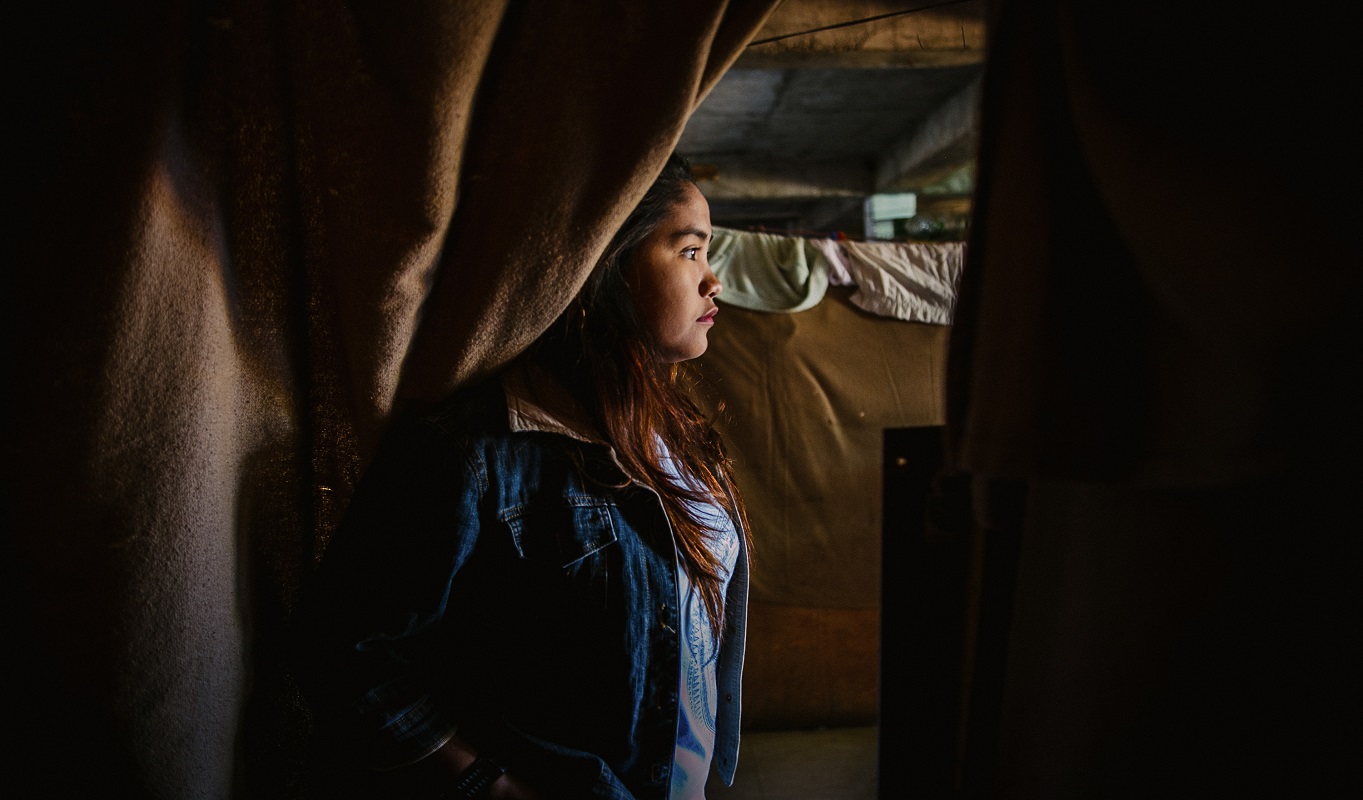
Agency, resilience and reproductive rights
Working in women’s health and sexual and reproductive rights has taught me innumerable lessons. Lessons about the mutable but slow-to-change laws and institutions that govern women’s bodies, about religious groups that claim a moral authority to make decisions on others’ behalf, and about conservative movements that are rolling back hard-earned gains made by reproductive rights advocates.
While we all exercise agency, I am repeatedly reminded that many are still limited in their self-determination and ability to make decisions freely and safely.
But mostly, I’ve learned lessons about women’s infinite resilience and enduring strength to fight for services and rights, including their right to bodily autonomy. For millennia, women have tracked their periods and ovulation, brewed herbal remedies to induce miscarriages, and shared information with fellow women to access the services they need. Modern medicine now affords us more reliable contraceptive methods and safer abortion options, though we are far from having equitable and far-reaching access.
September 28 was first marked by feminist movements in Latin America almost 30 years ago to campaign for the decriminalization of abortion, a cause that has since been taken on by activists around the world. Today, this fight carries on and advocates continue to step up for women where governments have failed as duty bearers.
In Canada, we must close the gaps in access. And around the world, we must continue to support feminist and women’s movements fighting for sexual and reproductive health and rights because having equitable access to safe abortion services is first and foremost a human right.
Alex Wilson is a women's rights advocate and sexual and reproductive health and rights (SRHR) Program Officer for Oxfam Canada overseeing the Sexual Health and Empowerment project in the Philippines funded by Global Affairs Canada.
